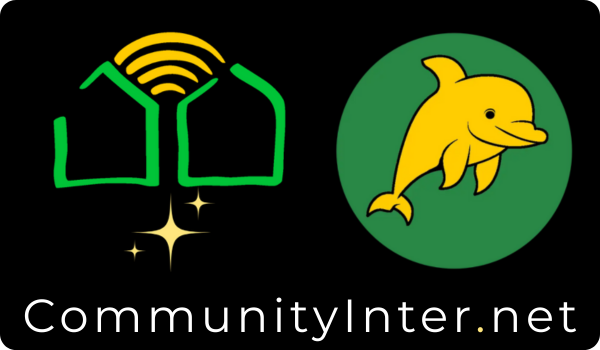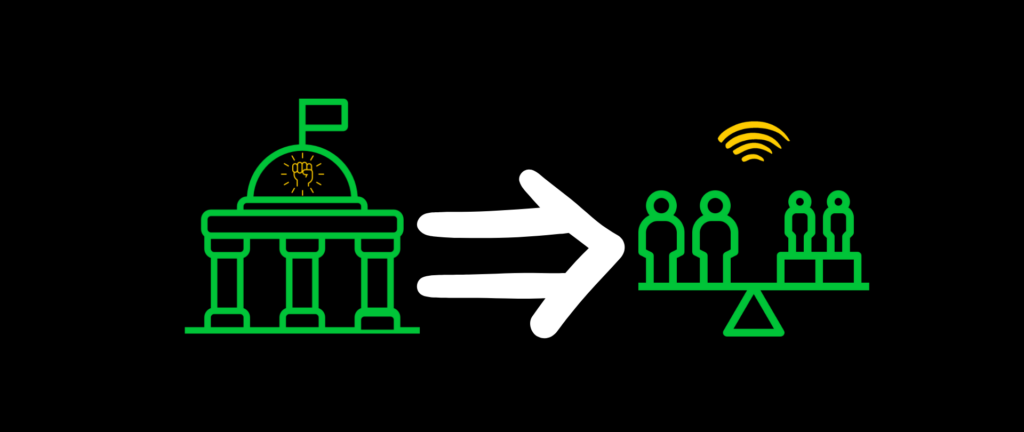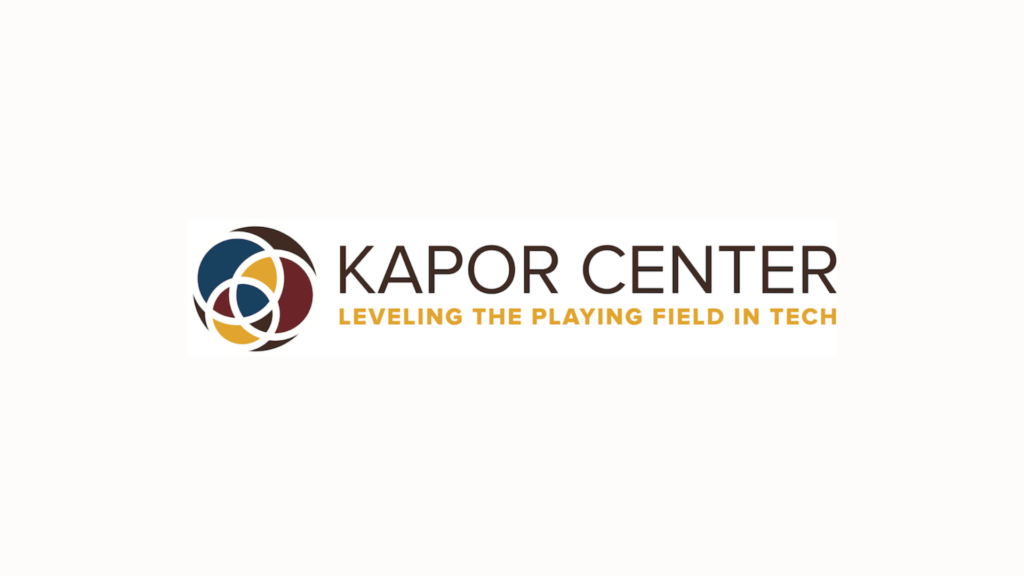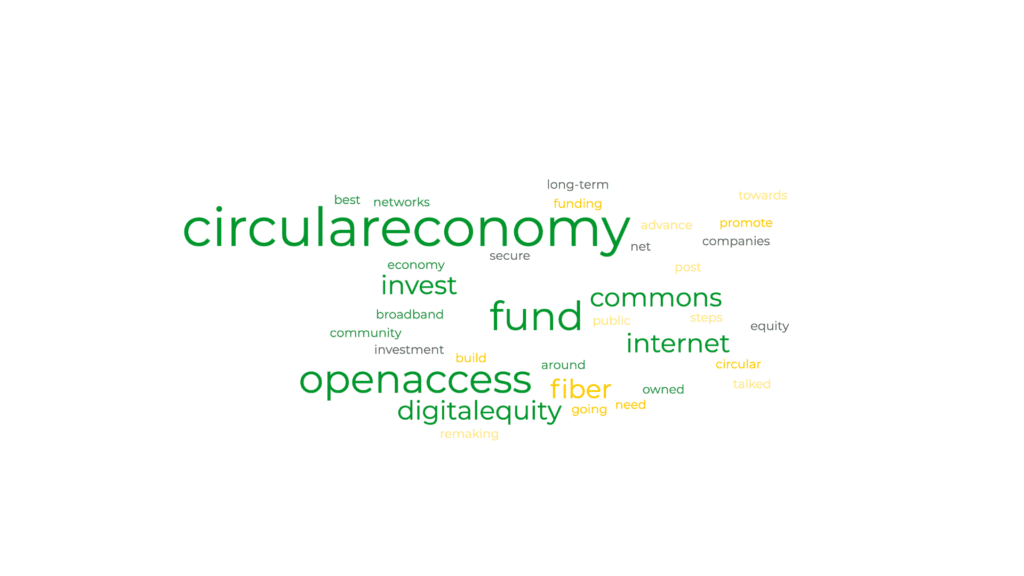Value Alignment

The topic of value alignment has been coming up in recent discussions with staff, ranging from a guest, who was not paying any part of the check, ordering multiple expensive craft cocktails, to a former intern and prospective staff member. The former intern spoke about how much her values aligned with Broadband Institute Foundation. She spoke disparagingly about the Boston Consulting Group (BCG), one of the world’s most prestigious strategy consulting firms and how they … modeled the costs of relocating Palestinians from Gaza, according to a Financial Times investigation.
We recently updated our terms of service to include
- No liars
- No cheaters
- No Nazis
Value Alignment in Community Management
How the Broadband Institute Foundation’s CMaaS Empowers Commons-Based Networks
In today’s rapidly evolving digital landscape, the question of value alignment—making sure technology serves the true needs and principles of a community—has never been more critical. Nowhere is this more relevant than in how communities manage and govern their own Internet infrastructure. At the heart of this movement is the Broadband Institute Foundation’s innovative approach: Community Management as a Service (CMaaS), inspired by principles of commons-based peer production (CBPP)^1.
Why Value Alignment Matters
For decades, the Internet has mostly operated under models that prioritize extraction and profit—leading to limited competition, digital inequities, and communities left waiting for top-down solutions from incumbent ISPs. Value alignment means intentionally designing systems so that community priorities—such as inclusion, transparency, resilience, and local prosperity—are truly reflected in how networks are run.
Commons-Based Peer Production: A New Paradigm
CBPP, a term developed by Yochai Benkler, refers to collaborative production powered by communities rather than individuals or corporations. Instead of a centralized provider, participants co-create and co-manage shared resources—from open-source software to digital infrastructure^1. When applied to Internet access, CBPP enables a shift from “consumers” of service to “prosumers”—users who can buy, sell, and collaboratively manage network resources^1.
Enter CMaaS: Community Management as a Service
The Broadband Institute Foundation takes value alignment seriously with its CMaaS offering^1. Rather than treating Internet management as a one-size-fits-all product, CMaaS acts as a facilitator, helping local stakeholders define and uphold the values most important to them. Here’s how it works:
- Co-Design & Governance: CMaaS involves community members in every stage—from designing the network’s code of conduct to ongoing governance decisions. This means rules are written by the people affected by them.
- Commons Stewardship: Instead of extracting revenue, the system channels value back into community projects and digital equity initiatives, creating a regenerative, not extractive, local economy.
- Transparency & Trust: All decisions, transactions, and updates are open to community audit, supported by blockchain-backed tools.
- Resilience: With distributed management and local leadership, communities become more resilient to outages, policy changes, or shifting market conditions.
- Scalability: CMaaS can help communities grow their networks without losing the core values that made them successful in the first place.
Turning Prosumers into Network Stewards
One clear example is in broadband routing platforms like Althea.net^1. With blockchain software on routers, anyone in the network can purchase bandwidth from an upstream neighbor and sell to those downstream, becoming both a user and a service provider. Under CMaaS, the process doesn’t just happen—it happens in a way that’s accountable, transparent, and reflects the locally chosen ethos^1.
Benefits of a Regenerative Digital Economy
This community-first approach does more than democratize Internet access—it lays the groundwork for a regenerative digital economy. That means wealth, knowledge, and technical expertise stay in the community and circulate locally, instead of flowing outward to distant corporations. With proper value alignment, CMaaS can:
- Foster local innovation by supporting community-led initiatives.
- Support sustainable infrastructure investments.
- Empower communities to influence digital policy at larger scales.
Conclusion
Value alignment isn’t a luxury—it’s the foundation for sustainable, equitable digital futures. The Broadband Institute Foundation’s Community Management as a Service exemplifies how tools, strategies, and principles from CBPP can help communities reclaim control of their digital lifelines while upholding the values that matter most. Ready to align your community’s values with its digital future? The Broadband Institute Foundation’s CMaaS is the roadmap.
^1: Content from the Broadband Institute’s Commons-based Peer Production overview.






Responses